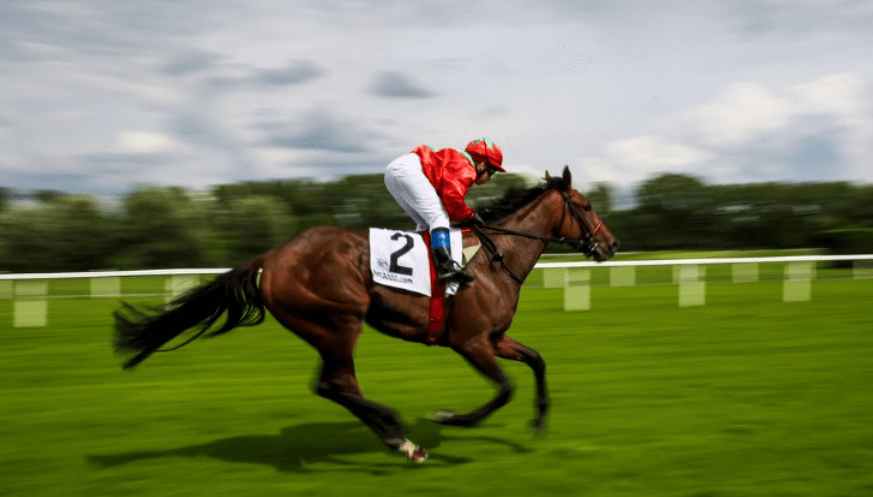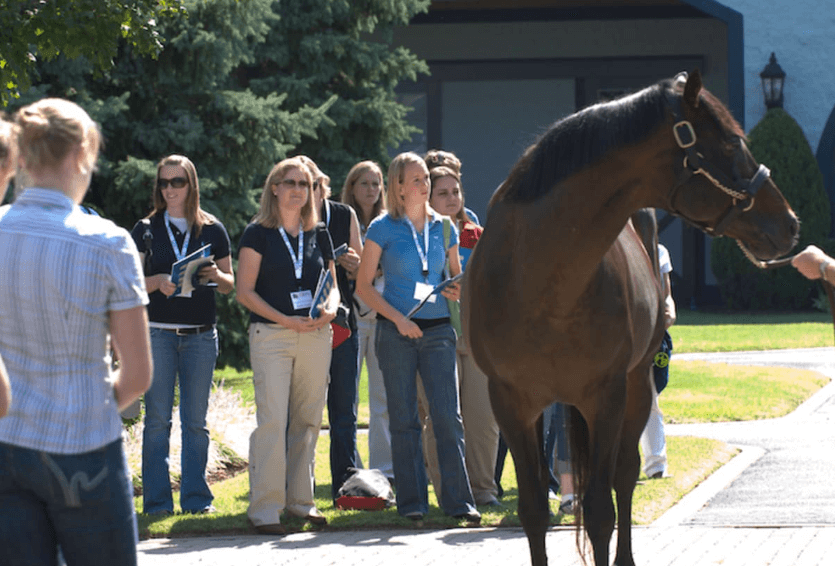Horse racing is a complex interplay of science and athleticism. Each horse’s performance is influenced by biomechanics, genetics, and diet. Trainers employ specific techniques to enhance speed and agility. Understanding these elements is crucial for optimizing race outcomes. However, the underlying factors that contribute to a horse’s success extend beyond mere physical attributes. Exploring these dimensions reveals deeper insights into the competitive nature of the sport.
The Biomechanics of Horse Racing
The biomechanics of horse racing encompasses the intricate interplay of anatomy, movement, and physics that underlie a horse’s performance on the track.
Gait analysis reveals the efficiency of stride patterns, while muscle dynamics illustrate power generation and energy transfer.
Understanding these elements not only enhances performance but also promotes the horse’s well-being, enabling a harmonious balance between speed and structural integrity in racing.
Training Techniques for Optimal Performance
Understanding the biomechanics of horse racing provides a foundation for developing effective training techniques aimed at optimizing performance.
Interval training and tailored conditioning programs enhance cardiovascular endurance and muscular strength, crucial for racing success. These methods prioritize the horse’s natural capabilities while fostering adaptability, ensuring that athletes can achieve peak performance.
Ultimately, precise training regimens empower trainers and horses, maximizing their potential on the track.
See also: Horse Racing and the Science of Speed
Genetic Factors Influencing Speed and Agility
While various training techniques play a vital role in enhancing a horse’s performance, genetic factors significantly influence speed and agility.
Heritability traits linked to athletic performance are often inherited, determining potential capabilities. Additionally, specific genetic mutations can enhance physical attributes, leading to superior racing outcomes.
Understanding these genetic influences is crucial for breeders and trainers aiming to optimize a horse’s competitive edge.
The Role of Nutrition in Racing Success
Nutrition serves as a cornerstone of racing success, influencing a horse’s overall health, energy levels, and performance on the track.
Effective equine diets, rich in essential nutrients, optimize muscle function and stamina. Additionally, hydration strategies are critical, ensuring horses remain hydrated for peak performance.
A well-balanced nutritional regimen ultimately enhances a horse’s ability to compete, reflecting the intricate relationship between diet and racing outcomes.
Conclusion
In conclusion, the intricate tapestry of horse racing weaves together biomechanics, genetics, training, and nutrition, creating a foundation for peak performance. Like finely tuned instruments in an orchestra, each element contributes to the harmonious execution of speed and agility on the racetrack. Understanding these scientific principles not only enhances racing outcomes but also ensures the health and longevity of the equine athletes. As science continues to illuminate this sport, it paves the way for future advancements in training and performance.




 The Future of Smart Cities: Integrating IoT, AI, and Big Data
The Future of Smart Cities: Integrating IoT, AI, and Big Data